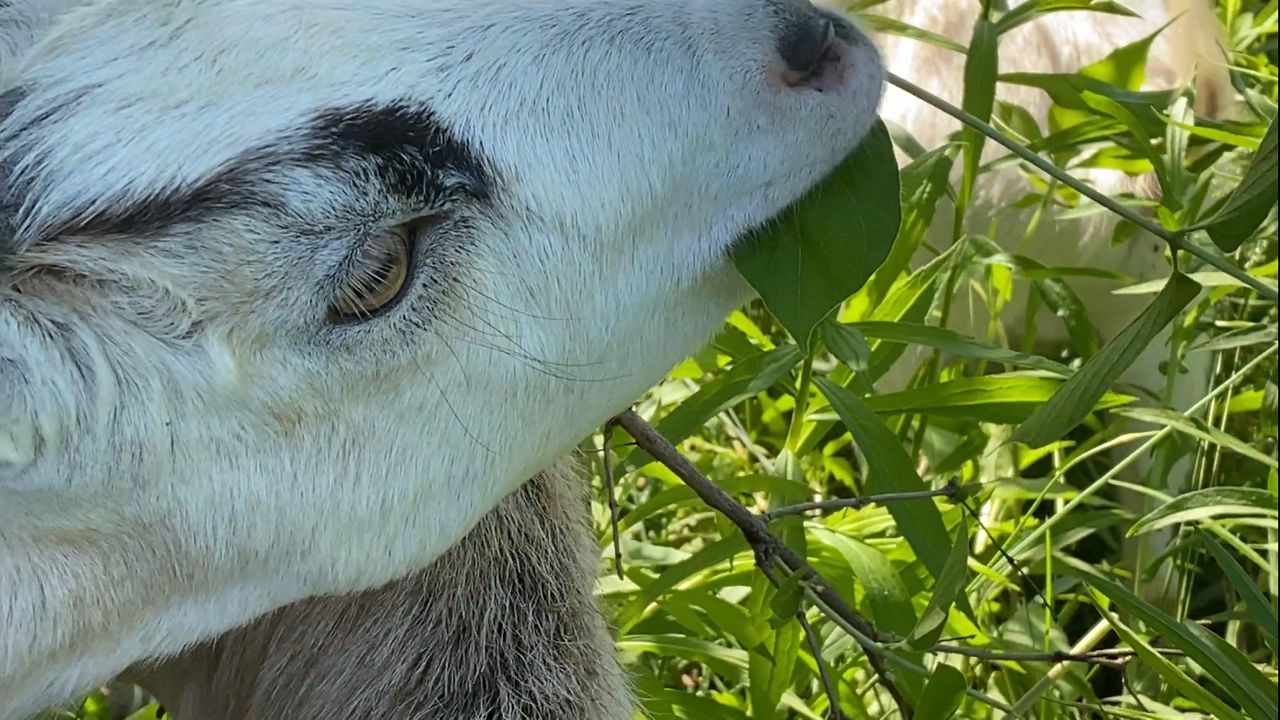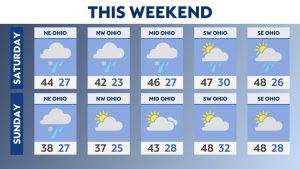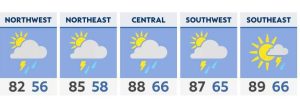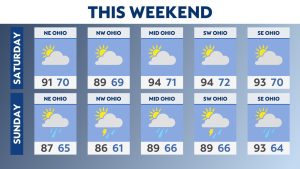COLERAIN TOWNSHIP, Ohio — Where most see weeds and overgrown brush, the furriest employees of TreeYo Permaculture see a feast.
For the second year, the Colerain-based company offers goatscaping, renting out its herd of goats to parks and other natural areas to serve as a natural plant removal system, helping tackle overgrowth and invasive species without herbicides.
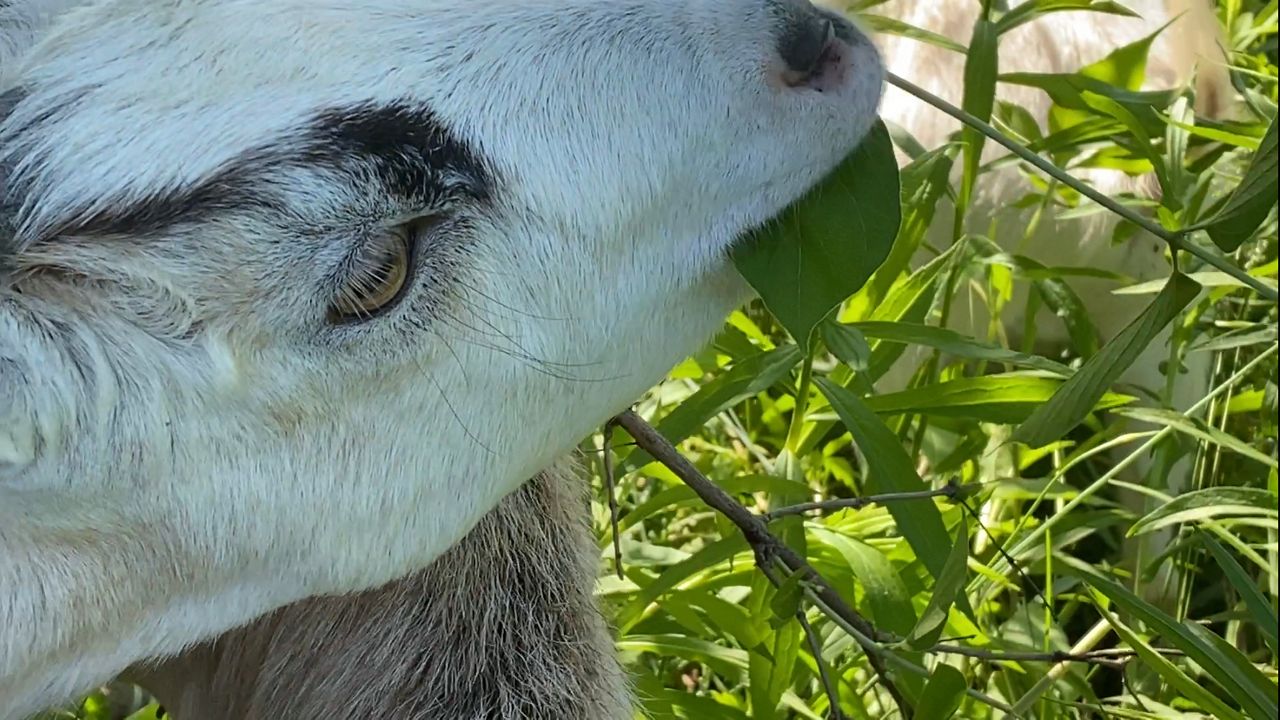
The owner, Doug Crouch, said the process just made sense for his herd, as they had been doing it to help clear and fertilize his farm for a while.
“The dairy goats tend to focus on the grasses and the forbs,” he said. “And some of the hybrid species they tend to focus on the brush more.”
Running a permaculture business, Crouch focuses on natural land management and sustainability that restores soil and water health, as well as biodiversity. He said goatscaping allowed him to expand those services to offer some sustainable landscaping jobs.
“We work alongside the goats and the goats work alongside us to cut the vegetation as well,” he said.
The process starts with fencing off areas for the goats to focus on, then Crouch releases the herd into the environment and lets them do what they do best.
“They’re very spoiled,” he said.
Often they make a beeline toward invasive species like honeysuckle and Callery pear, as their leaves or flowers are especially prominent in the spring.

Crouch directs his goats to honeysuckle
“It’s probably sweet, and yeah, it seems like they really enjoy it. When you put them in a new area, it’s usually the first thing they go for,” Crouch said.
The goats handle the first round of clearing, then Crouch said his team moves them to the next spot and helps to clear whatever they left behind.
“It’s much easier to come in and cut it down and begin the process of just basically cutting off its photosynthetic supply so you don’t have to use herbicide,” he said.

Crouch said the method works at places like parks or natural sites, where there’s a wide variety of plants and locations for the goats to cycle through.
He said the Colerain project should take about five weeks and during that time he’ll serve to supervise the goats and answer any questions from the curious visitors who stop by.
“It’s really nice to see, just how many people come out to see the goats and how many people ask questions and are genuinely concerned about the environment of Colerain,” he said.
Colerain is Crouch’s first customer of the season, and he said he hopes more municipalities consider the option for their green spaces.

